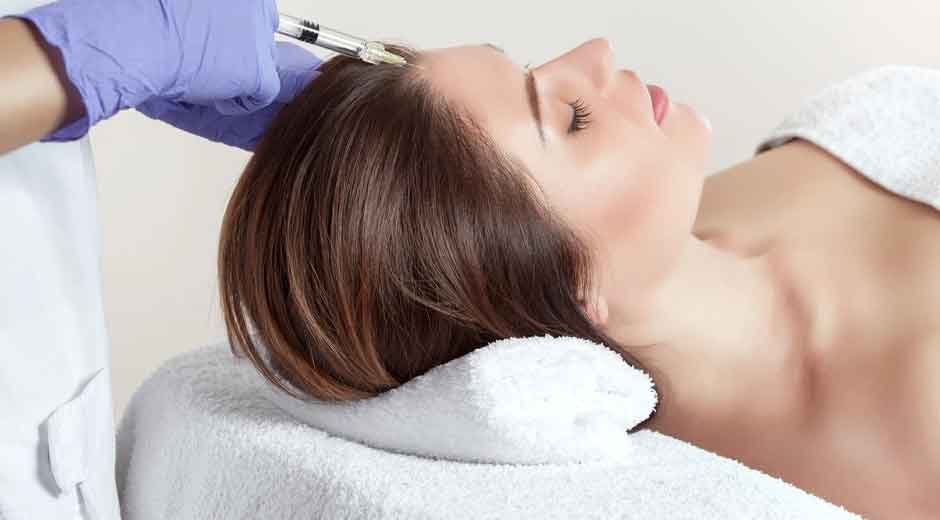Botox, known scientifically as botulinum toxin, is a type of neurotoxin that has become a popular aesthetic treatment worldwide. Derived from a bacterium called Clostridium botulinum, this substance works by temporarily relaxing specific muscles, which smooths wrinkles and fine lines. While widely used for cosmetic purposes, these treatments also have various medical applications. Here’s information on how treatments work and what areas Botox can benefit:
Table of Contents
How Treatments Work
When injected into targeted muscles, botulinum toxin interrupts the communication between nerves and muscles. Normally, your nerves signal to your muscles to contract for movement and expression. Botox blocks this nerve communication, effectively weakening the muscle’s ability to contract. This results in a smoother appearance of the overlying skin. Over time, the treated muscles regain their ability to contract. Maintenance treatments are necessary to sustain results, and intervals may vary depending on your unique response to treatment.
Where Treatments Target
Botox is primarily known for its ability to manage wrinkles, but its applications extend beyond cosmetic improvements. Some common areas where Botox can benefit include:
- Frown Lines: These vertical creases between the eyebrows can be smoothed.
- Crow’s Feet: The fine lines around the outer corners of your eyes are often reduced effectively with treatment.
- Bunny Lines: Wrinkling on the top of the nose can be minimized with precise injections.
- Forehead Lines: Horizontal lines that appear when you raise your brows can be softened.
Neurotoxin treatments can be safely and effectively combined with other cosmetic services to enhance overall results. Many providers recommend pairing Botox with dermal fillers to address both dynamic and static wrinkles, achieving a more comprehensive rejuvenation. While Botox targets muscle activity to smooth expression lines, fillers work to restore volume and contour the face. Treatments like chemical peels, microneedling, or laser resurfacing may be performed in conjunction with Botox to improve skin texture, tone, and clarity.
When To Get a Treatment
Determining the “right time” to begin Botox is highly personal and depends on your goals, lifestyle, and underlying concerns. Outside the aesthetic realm, Botox is used to treat certain medical conditions, like excessive sweating (hyperhidrosis), chronic migraines, or muscle spasms. Work with a qualified medical professional to learn how treatments can target your cosmetic or medical needs.
Treatments
Some individuals opt for treatments to start in their late 20s or early 30s, as a preventative measure. The intention is to minimize the development of fine lines by halting muscle movements before deeper wrinkles form. This approach is often chosen by those who wish to maintain a youthful appearance over time. If you already have visible wrinkles or lines, Botox helps to soften these imperfections. Correction-focused Botox is often sought by individuals in their 30s, 40s, and beyond, depending on their skin condition and facial anatomy.
Results
The duration of Botox effects can vary depending on several factors, including your metabolism, the area treated, and the dosage used. Results typically last between 3 to 4 months. With regular maintenance treatments, some individuals find that the results last longer over time.
Schedule a Botox Treatment Today
Botox can be a versatile option for addressing both cosmetic and medical concerns. Whether you’re looking to enhance your appearance or manage specific conditions, consulting with a qualified provider is the first step. A professional can assess your needs and recommend a tailored treatment plan that aligns with your goals. Find a provider to schedule your consultation today.
